Bhuten Trek, Bhutan
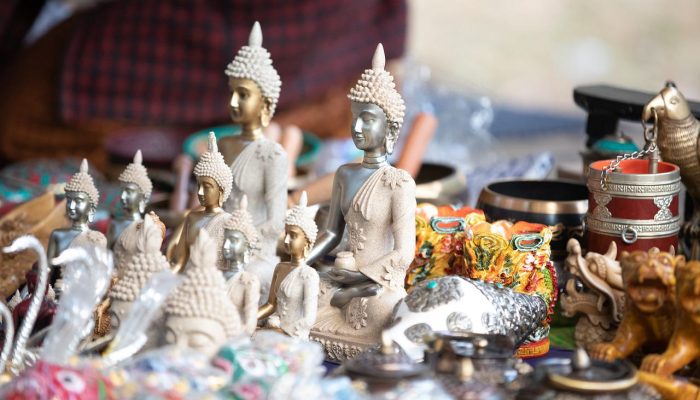
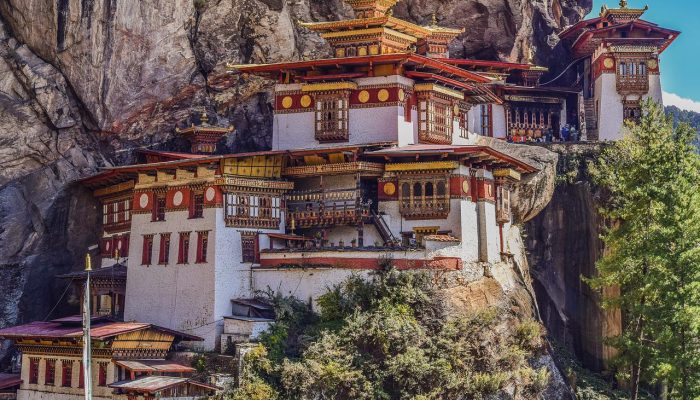
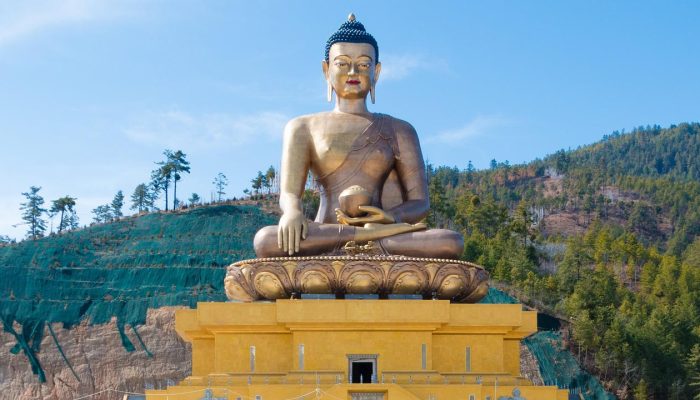
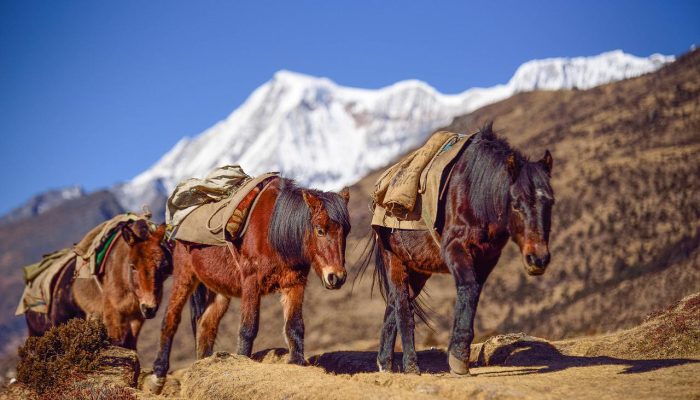
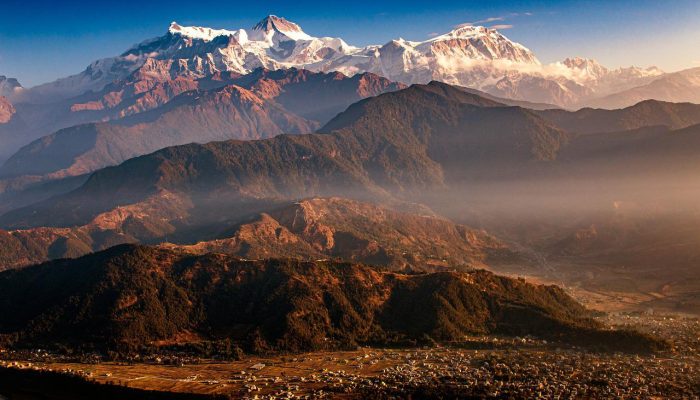
Sample Itinerary
DAY 1
Paro to Haa
After arriving & visa formalities and collection of baggage, you will be welcomed by our tour representative who will be your tour guide during your entire trip in Bhutan.
We will visit following places :
Rimpung Dzong
The Paro Dzong is probably Bhutan’s best known and most iconic Dzong. This is probably the first building you will notice when you land at Paro International Airport and will probably be your first memory of Bhutan. The imposing Dzong is perhaps the finest example of Dzong architecture existing the world today, the massive buttered walls of the fortress dominate over the valley. The Rimpung Dzong’s names translates to the “Fortress on a heap of Jewels “.
Ta Dzong (National Museum of Bhutan)
The National Museum of Bhutan is housed inside the six storied circular Ta Dzong. The Ta Dzong is a medieval watch tower situated above the Rimpung Dzong. The Ta Dzong was constructed in 1656.
DAY 2
Paro to Jili Dzong
The first day can be quite arduous as you have to climb more than 1,000m elevation. You start from the Ta Dzong (National Museum) in Paro. The trek follows a gravel road past a few farms for about 30 minutes and then climbs up a steep ridge before leading through blue pine and fir forests to Damche Gom. Once you reach the ridge below Jili Dzong you descend about 100m to the campsite below the Dzong.
It is approximately 7km, it roughly take around 4-5 hours depending on your walking pace.
DAY 3
Jili Dzong to Janchulakha
You begin with a steep climb for about an hour and a half, then the slope evens a bit and the ascent is more gradual. The trail takes you through thick alpine forests and dwarf rhododendron tress. You may see herders and their yaks around your campsite.
It is approximately 10km, it roughly take around 5-6 hours depending on your walking pace.
DAY 4
Jangchulakha- Jimelang Tsho
The trail follows a ridge and on a clear day the view of the mountains and valley are simply stunning. The campsite is close to the Jimelang Tsho Lake. This lake is known for its giant sized trout.
It is approximately 11 km, it roughly take around 4 hours depending on your walking pace.
DAY 5
Jimilang Tsho – Tshaluna
Jimilang tsho to Tshaluna. After roughly 4 hours of trekking covering 9km we would reach to Tshaluna and then we would drive to Thimphu
Overnight at Thimphu
DAY 6
Thimphu
After breakfast we would drive to Tango base:
Tango Goemba is a Buddhist monastery situated near the scenic Cheri Mountains in Bhutan. The monastery is just 9 miles (14 km) north of the country’s capital city, Thimphu. Tango Goemba has a rich history and is one of the highest Buddhist learning centres in Bhutan. A vast majority of religious leaders — locally known as Je Khenpo —in the country have gone through a nine-year training program at this particular monastery.
We can arrange the meeting with the lama (monk) and spend time with the monk and learn more about Buddhism and spirituality.
Semtokha Dzong
Simtokha Dzong also known as Sangak Zabdhon Phodrang (meaning: “Palace of the Profound Meaning of Secret Mantras”) is a small dzong. It was built in 1629 by Zhabdrung Nawang Namgay, who unified Bhutan. It is the first of its kind built in Bhutan. An important historical monument and former Buddhist monastery, today it houses one of the premier Dzongkha language learning institutes.
Dechen Phodrang Monastery, located in the north part of Thimphu. The meaning of Dechen Phodrang is “Palace of Great Bliss”. For the people who are interested in history and paintings, the monastery has paintings that date back to the 12th century and it is one of the amazing places to see in Thimphu.
In this dzong you can lit the butter lamp ($5 per person)
The monastery also houses a statue of Zhabdrung Nawang Namagay, who was popularly called the ‘Bearded Lama”. Since 1971, the Dechen Phodrang Monastery is a monastic school where around 300 monks seek education. Located in the north end of Thimphu, Dechen Phodrang is situated on the site of a 12th century dzong.
DAY 7
Thimphu – Punakha
Post early breakfast, you will drive towards Punakha via Dochula Pass. We will stop over for tea at Dochula (3,100 m), where on a sunny day, you can get stunning views of the Himalayan ranges. The Dochula Pass is probably the best known mountain pass in Bhutan. Located at an altitude of 3150 meter above sea level, the Dochula Pass is about 30 kilometer away from the capital city Thimphu and the road to Punakha. On a clear day the pass offers visitors a spectacular view of the majestic eastern Himalayan Ranges.
Punakha Dzong
The Punakha Dzong or the Pungtang Dechen Phortang Dzong is located at the confluence of the Mo Chhu and the Po Chhu River, combine to form the Puna Tsang Chu which in turn is a tributary of the mighty Brahmaputra River. The dzong was constructed by Zhabdrung Ngawang Namgyal Wangchuck in 1638 on the exact spot as prophesized by the Guru Rinpoche some 800 years ago. According to the prophecy of Guru Rinpoche “a person named Namgyal will arrive at a hill that looks like an elephant”. And lo behold! Zhabdrung Ngawang Namgyal found that the peak of the hill was in the shape of an elephant’s trunk and built the Dzong at that very spot.
We will drive to Chimmi Lhakhang to start with. The Chimmi Lhakhang or the Chimmi Lhakang is a Buddhist monastery located in the Punakha District of Bhutan. The monastery stands on a small hill close to the village of Lobesa and was constructed in 1499 by Ngawang Choegyel, the 14th Drukpa hierarch.
Khamsum Yulley Namgyal Chorten
A beautiful hike takes one to the regal Khamsum Yulley Namgyal Chorten, which was built to remove negative forces and promote peace, stability and harmony in the changing world. The Chorten dominates the upper Punakha Valley with commanding views across the Mo Chhu and up towards the mountainous peaks of Gasa and beyond
(Overnight in a hotel in Punakha)
DAY 8
Punakha
After an early breakfast, we will visit following places
Sangchhen Dorji Lhuendrup Lhakhang Nunnery
Perched on a ridge amid pine trees and overlooking valleys of Punakha and Wangduephodrang, gleams the magnificent structures of Sangchhen Dorji Lhuendrup Lhakhang (Temple). The temple houses a 14-foot main bronze statue of Avalokiteshvara (Chenrigzig chagtong chentong). Other statues include those of Guru Padmasambawa, Gautama Buddha, Zhabdrung Ngawang Namgyal, Tsela Namsum, the 21 Taras and Tsepamay (Buddha of longevity). The Avalokiteshvara statue, one of the biggest in the country, was the handiwork of entirely local Bhutanese artisans.
The temple complex also houses a permanent higher learning and meditation center for nuns where, apart from religious trainings, it provides life skill training such as tailoring, embroidery, statue making and thangka painting.
You can do other activities like playing archery and wearing Bhutanese traditional dress and also you can also try taking hot stone bath (,hot stone bath is good for your body and has lots of health benefits.
overnight at Paro
DAY 9
Paro
After early morning breakfast, we will take you for a morning hike up to Taktsang Monastery, also known as ‘Tiger’s Nest’. Hanging precariously and magically from a rather steep cliff, the Taktsang monastery is a monument of genuine pride for the Bhutanese nation. It defies architectural principles to the core and amazes tourists from around the world. It is a sight to behold.
Taktsang or the Tigers lair as the monastery is called, it is widely regarded is one of the most important monuments of spiritual significance in Bhutan. Its history is deeply associated with the visit of Guru Padmasambhava, the revered Indian saint who came to Bhutan in the 8th century AD.
Kyichu Lhakhang
The Jowo Temple of Kyichu is one of the oldest temples in Bhutan. The temple was built by the Tibetan King Songsten Gampo in the 7th Century AD. The Kyichu Lhakhang was one of the 108 temples constructed by him to subdue a demon that was terrorizing the people of the Himalayas.
The Lhakhang underwent many extensions during the ages with the last one being carried out in 1965 by the Queen Mother Ashi Kezang Choden Wangchuck. She added another new structure to the temple called the Guru Lhakahng. As one of the oldest Lhakhangs, it houses many important relics. One of the most important relics of the temple is a 7th century statue of Jowo Sakyamuni which is believed to have cast at the same time as it famous counterpart in Lhasa Tibet.
In evening we will visit local market of Paro and overnight in a hotel in Paro.
DAY 10
Paro Departure
In the morning after early breakfast we will see you off at the Paro Airport for your onward destinations.
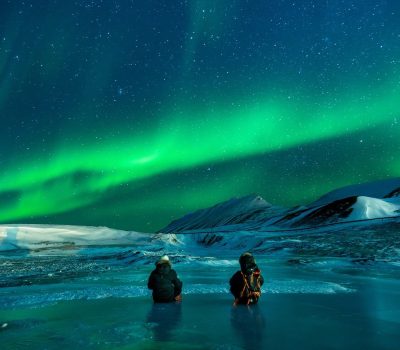
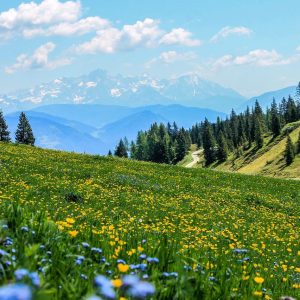
CREATE AN EXPERIENCE
Let's Make Memories Together
The voyage does not finish once you have left. We’ll transport you to a world of wonders and create amazing memories that will last long after you’ve returned home.
Away from the regular tourist traps, you’ll have a one-of-a-kind, authentic experience. A sensation created in an energizing setting that will be yours and yours alone. We will make this happen because old travels are great ones. The world’s wonders are within your grasp.





